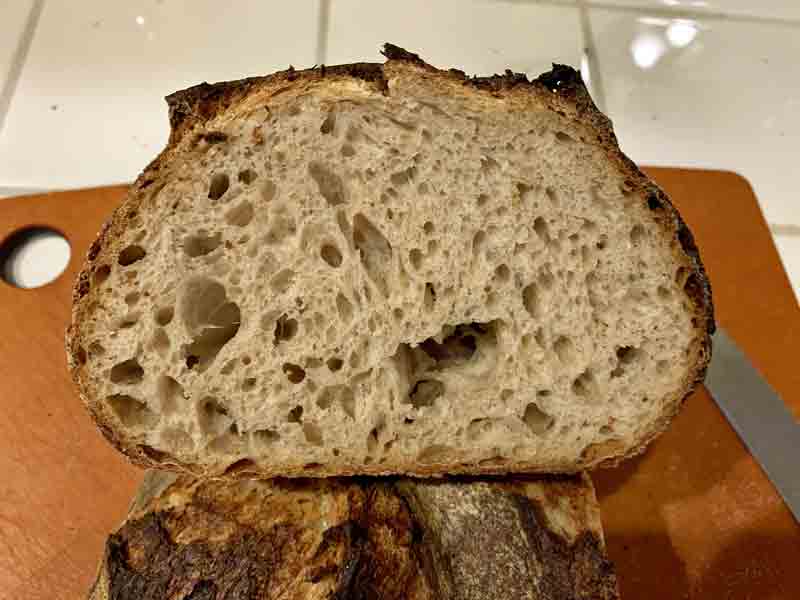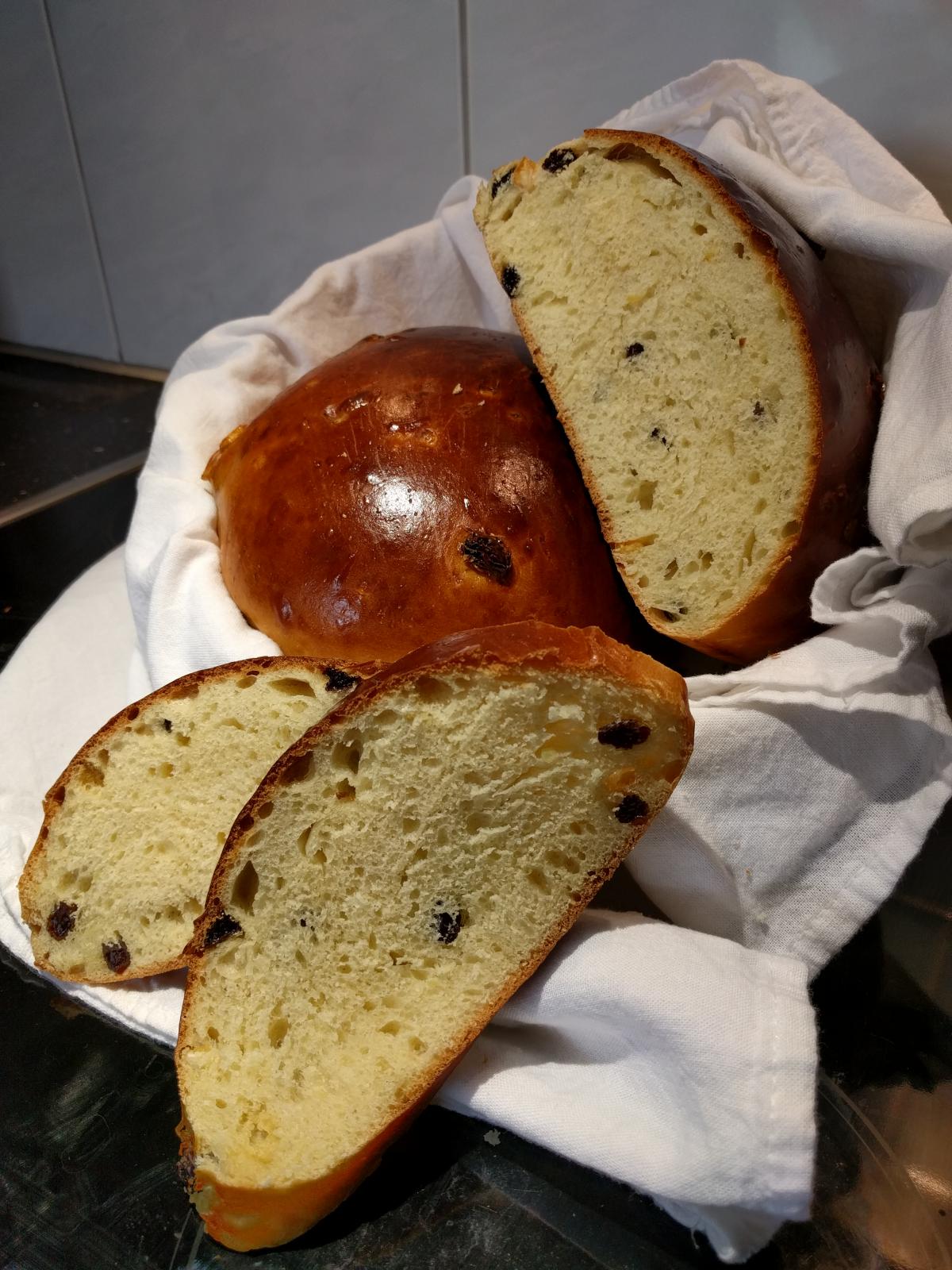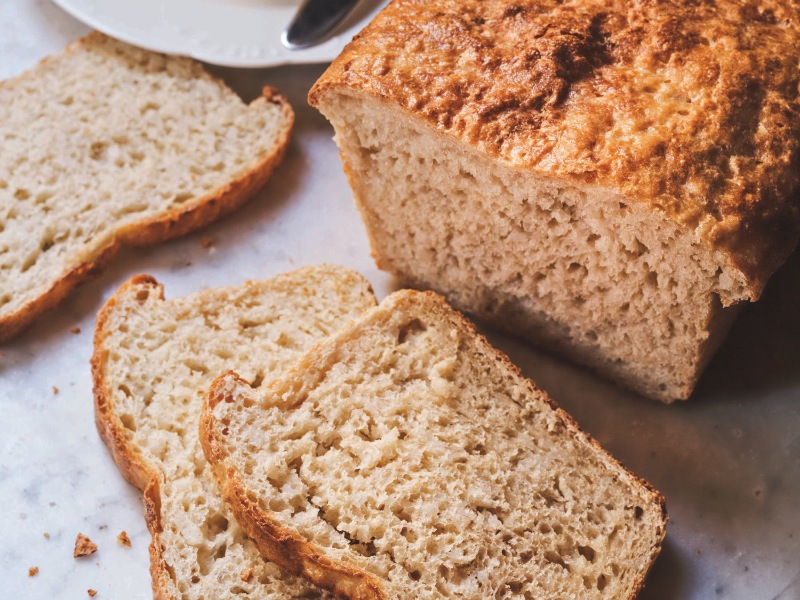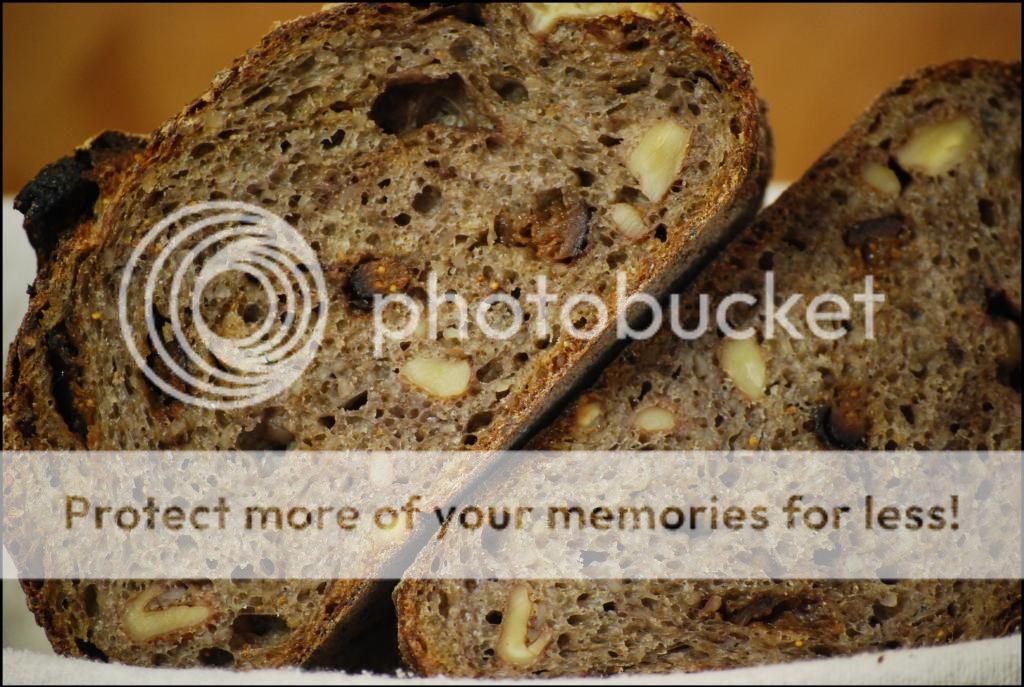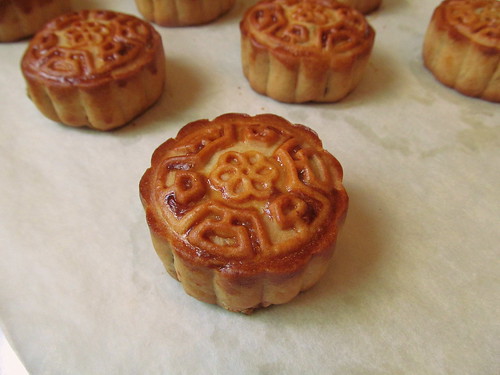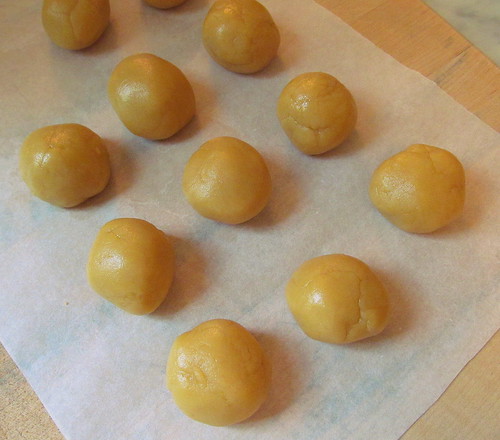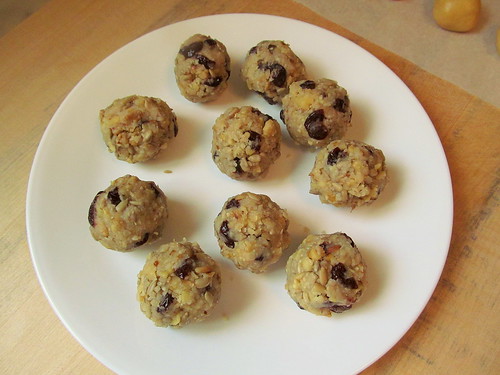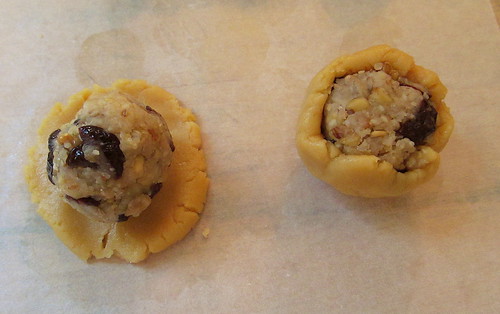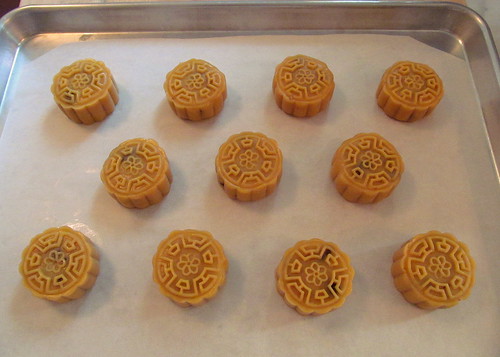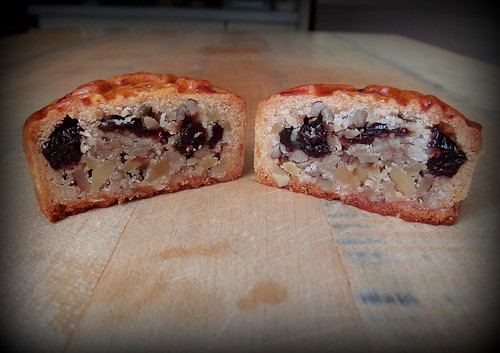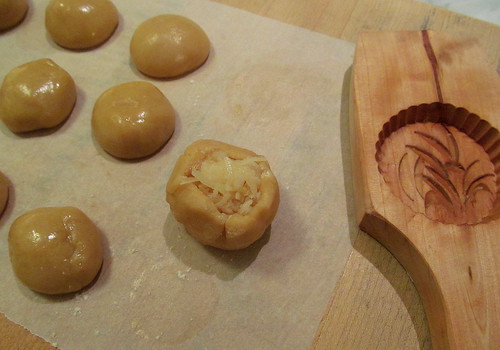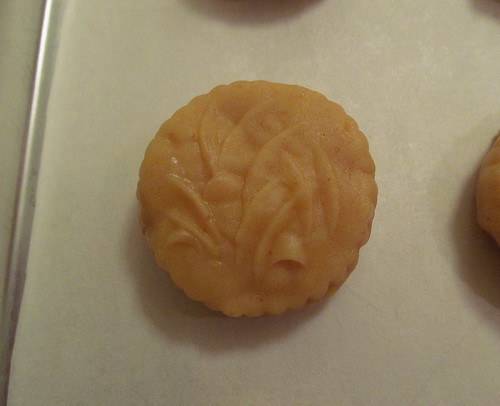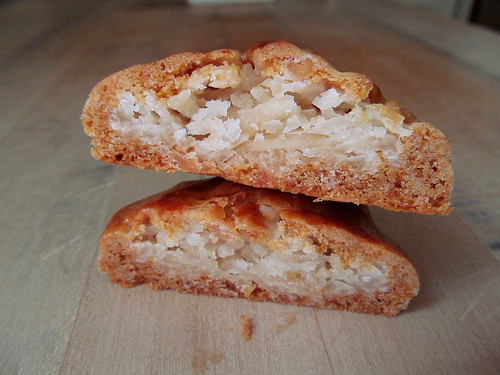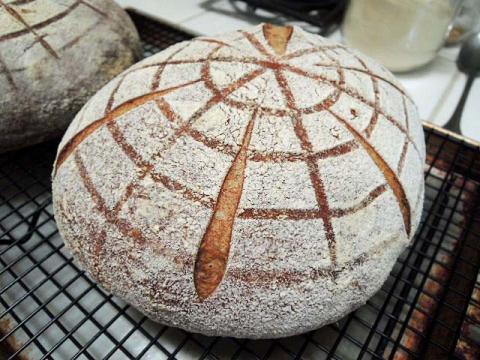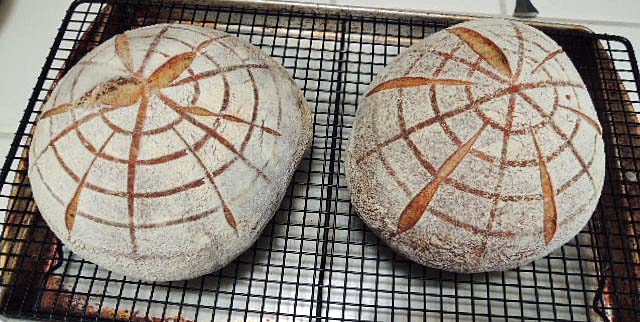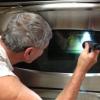
Community Bake - Pt1 Yeast Water - Hamelman's Swiss Farmhouse - Part 1
This Community Bake (CB) will feature Jeffrey Hamelman's Swiss Farmhouse bread. It is a full flavored bread with no sour flavor. The dough is leavened with a Raisin Yeast Water (RYW). And raisins and walnuts are used to enhance the flavor of the bread. Abe has been after me for a long time to try this bread. And after finally getting around to baking it I can fully appreciate his enthusiasm. The flavor is unique and I'm certain that all who bake it will agree...
For those that may not be familiar with our Community Bakes, check out the top paragraphs in this LINK, for a little background.
Jeffrey Hamelman has given us permission to post his copyrighted formula and instructions. The Swiss Farmhouse bread is taken from his book, BREAD: A Baker's Book of Techniques and Recipes (second edition), by Jeffrey Hamelman. Copyright 2013. Published by John Wiley & Sons. If you don't own this book, it is an all time favorite on TFL and definitely one to consider.
For those that don't have access to the book, the formula and instructions will be posted on the Community Bake.
Since this particular bread utilizes Yeast Water (YW) for the leaven, it seems best to host the bake it 2 parts. Part 1 will detail the instructions to make your own YW using only Raisins and water. It is much more simple to make than a sourdough starter and is generally mature and ready to use in 5 days or less. Everyone, including bakers that use commercial yeast are encouraged to participate. NOTE - the actual bake (Part 2) is scheduled to begin Friday, August 9.
By-the-way - any kind of yeast water will do...
Once your yeast water is active see THIS LINK for the formula and instructions to bake the bread.
Instructions to make a Raisin Yeast Water Starter, by Jeffrey Hamelman.
At least 5 days before the bake, soak 74 grams (2.6 ounces) of raisins in 179 grams (6.3 ounces) of cholrine free water. Organic raisin are preferred. Any additives or preservatives in the raisins should avoided. Cover and leave at warm room temperature (75-80F). White mold normally begins to cover the surface of the raisins, an indication that the liquid is ready. Occasionally, however, no mold is visible. Once the ferment starts to actively bubble and the smell is sweet and has a tangy aroma, it should be ready and the dough mixing process can begin. If your YW is ready before you want to bake, it can be left out on the counter for a few days, or stored in the refrigerator for much longer storage. NOTE - YW is not nearly as finicky as a sourdough starter and requires very low maintenance. Like sourdough starters, some have kept their YW for years.
I am not an authority on YW, but those that are, will be available to answer your questions.
Abe sent me a link for a good teaching video about making a Raisin Yeast Water (RYW). https://youtu.be/vcfuUtbnteY
If you are new to YW, be prepared to have a blast...
Danny





